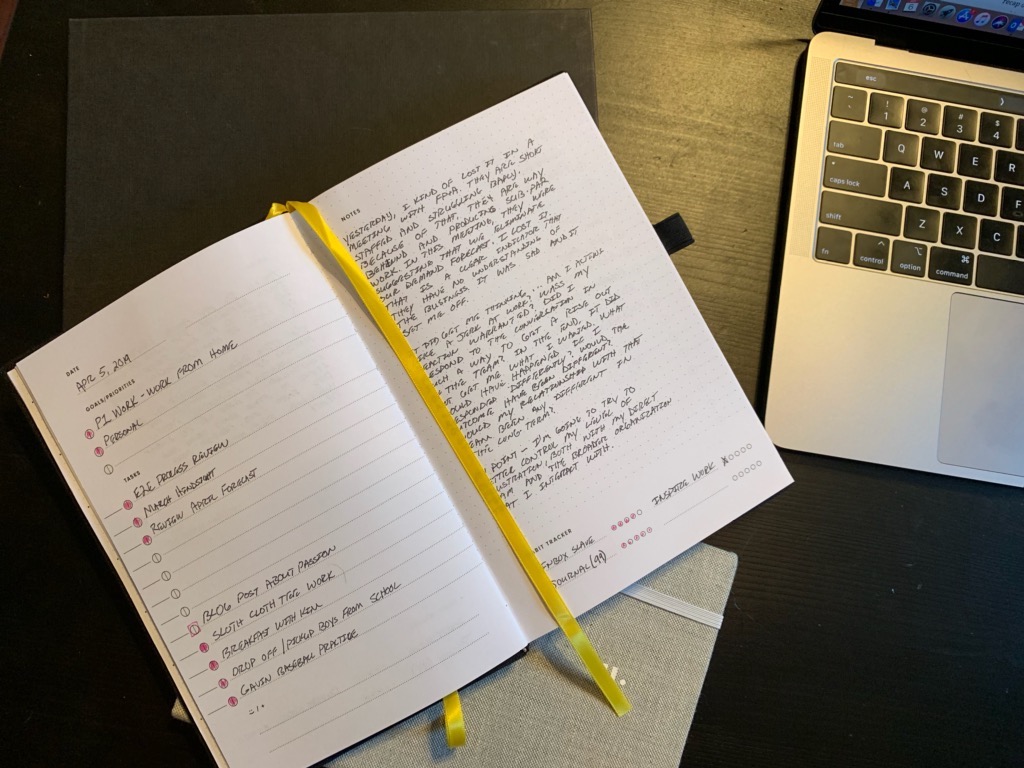

Journaling: A 100-day Challenge
At the beginning of this year, I took on the challenge of attempting to journal frequently. Don’t think of this as a new year resolution (as I am not a fan of those) but rather one of the goals I’d like to accomplish this year. My realistic goal was not to journal every day, as I knew that might be a stretch; but realistically, I wanted to journal enough to make it a habit. I knew to do that, I would have to start strong. My initial goal was to journal consecutively for 40-days. That’s a relatively standard rule: do something for 40-days and it becomes a habit.
I tried to build a simple framework (yes, almost everything I touch has some from of a framework; I can’t help it); that framework provided me guidelines of ideas for me to discuss in my journal. The point of the framework was to keeping me writing so I couldn’t say “I don’t know what to journal about today.” The simple framework consisted of just a few ideas to start my writing: spiritual thoughts, ideas about leadership, research within my field of work, experiences or thoughts I wanted to share, or just a recap of what happened yesterday. And each journal entry can be any combination of these; it doesn’t have to be just one.
I’m proud to share that I have now been journaling for 100 consecutive days [applause if welcome]. It has been so great to have a simple outlet to share the crazy that is in my head. It has become more than just a habit; it has become a routine, something that I look forward to each day. If something comes up and I don’t get to write in my journal first thing in the morning, I get frustrated and upset. It is now a part of me.
The journal I’m using is called Focus Journal by L’Atelier (this is s free plug for their product). I like their journal because of its simplicity. There are three basic sections in the journal: checkpoint, journal, and notes. Checkpoint is a place for you to outline your broad goals you have in a given timeframe. I use one journal per quarter, so I tend to outline the concepts that I want to work on and accomplish in that 3-month window. This is a great way for you to plan what you want to focus on rather than just hoping you get to items on your list. The journaling section is where I spend most of my time. Within each journal page, there are to elements: daily goals/tasks and notes. The goals/tasks section is where I outline what I need to get done on a given day. Some of this is driven by my work calendar but a lot of it is the big things I need to accomplish that day, both in my work life and in my personal life. The note section is where I actually journal. This is limited to one page, so it’s not so overwhelming. And, there’s no requirement to fill the entire page; sometimes I just write half a page and I’m done for the day. The point is simply to write something (following your framework makes this easier).

Here’s an example of what the notebook looks like. This is a quick sample from one of my entries.
I share this with you in the hopes of challenging you to take on something you might not otherwise do. It doesn’t have to be journaling; it can be anything that you’ve wanted to do and haven’t made the time. What is it that you’ve been wanting to try for some time now but haven’t taken the plunge? Do it. Just start. It doesn’t have to be perfect, just give it a try and see how it goes. Once you start, make adjustments as needed to help keep you motivated. Enjoy the journey.
